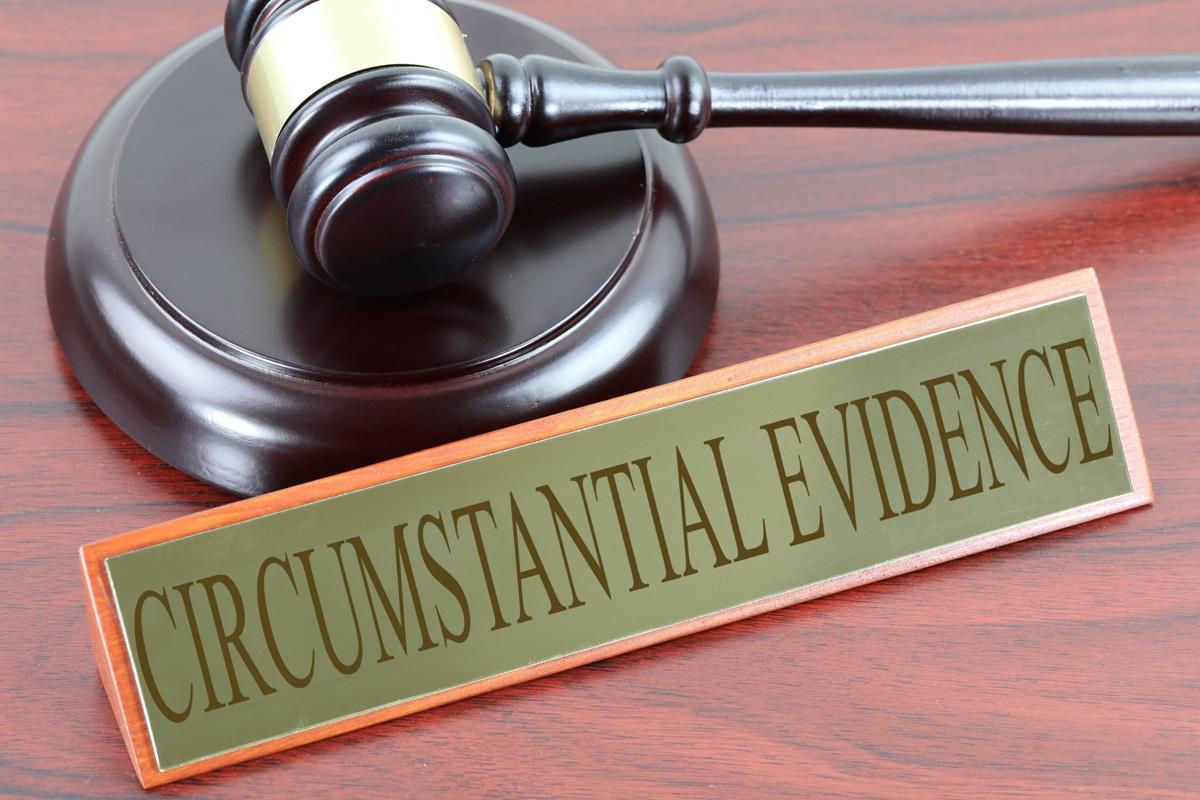What is circumstantial evidence?
Circumstantial evidence, also known as indirect or presumptive
evidence,[1] consists of proof of collateral facts and circumstances from
which the existence of the main fact may be inferred according to reason and
common experience. It is sufficient to sustain a conviction if:
 (a) there is more than one circumstance;
(a) there is more than one circumstance;
 (a) there is more than one circumstance;
(a) there is more than one circumstance;
(b) the facts from which the inferences were derived have been established;
and
(c) the combination of all circumstances is such as to warrant a finding of
guilt beyond reasonable doubt.[2]
All the circumstances must be
consistent with each other,
consistent with the hypothesis that the accused is guilty and at the same time
inconsistent with the hypothesis that he is innocent, and with every other
rational hypothesis except that of guilt.[3] In other words, a judgment
of conviction based on circumstantial evidence can be sustained when the
circumstances proved form an unbroken chain that results in a fair and
reasonable conclusion pointing to the accused, to the exclusion of all others,
as the perpetrator.[4]
[1] People v. Pabol, G.R. No. 187084, October 12, 2009.
[2] Atienza v. People, G.R. No. 188694, February 12, 2014.
[3] People v. Casingal, G.R. No. 87163, March 29, 1995.
[4] See Diega v. Court of Appeals, G.R. No. 173510, March 15, 2010.
